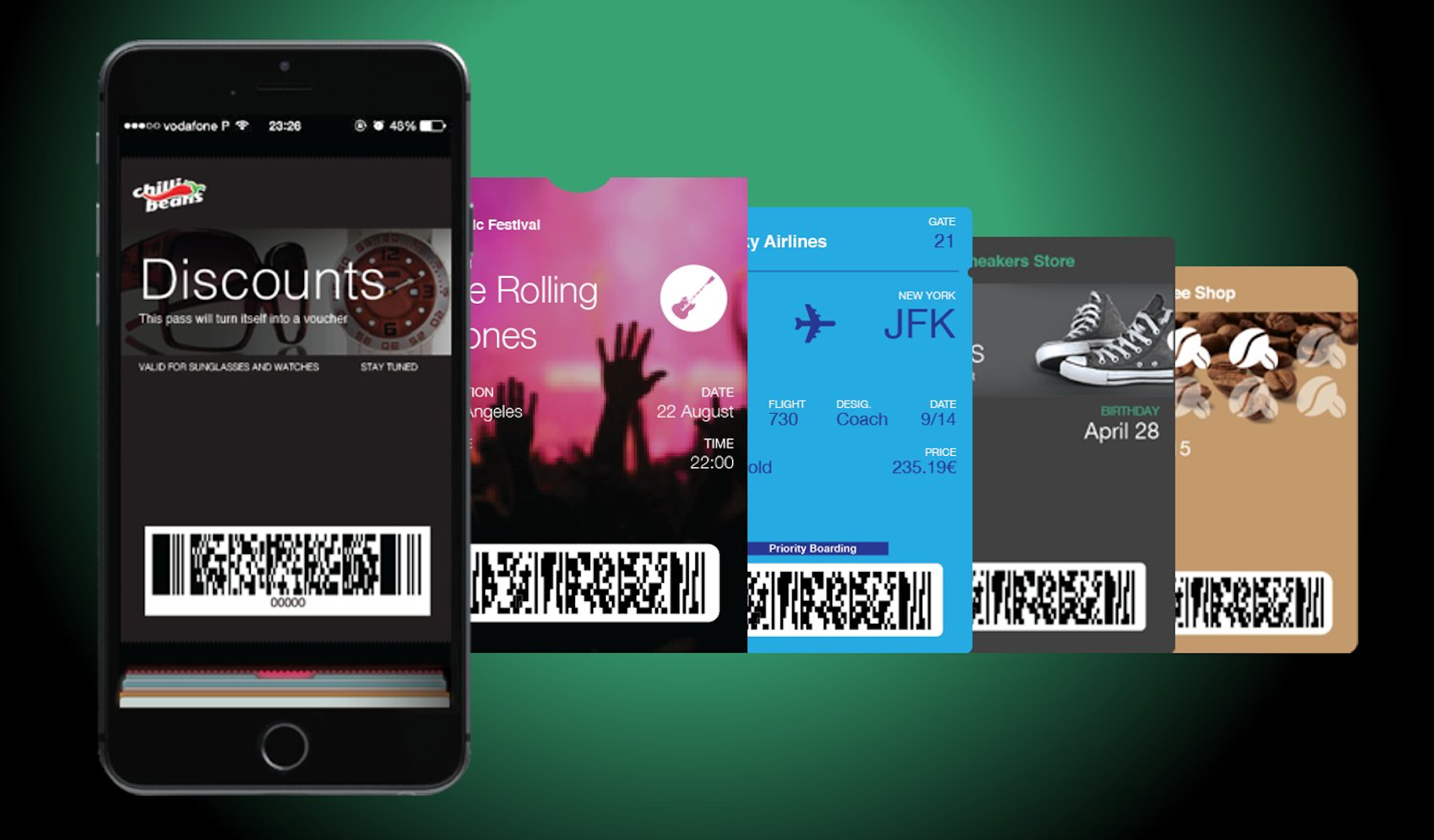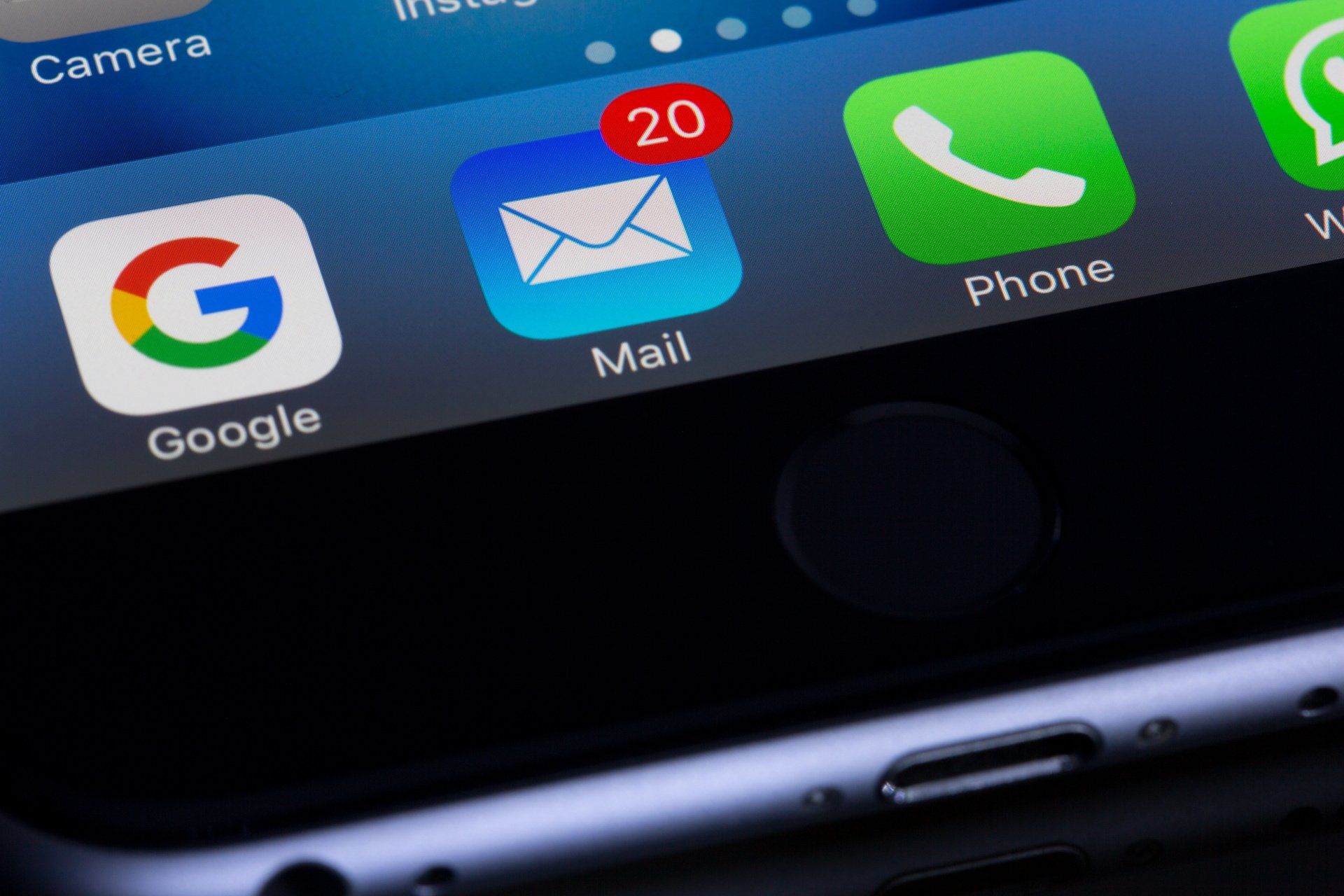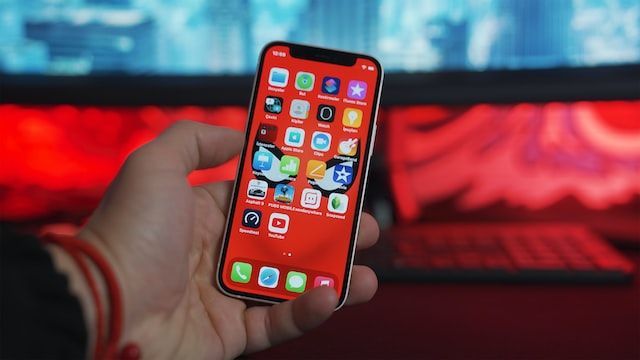









In today's digital age, mobile applications have become a vital part of our daily lives. With millions of apps available for download on various app stores, the competition to stand out and get noticed has become increasingly challenging for app developers.
This is where effective app marketing comes in. App marketing is a crucial aspect of the app development process that involves promoting, advertising, and distributing your app to reach your target audience.
In this blog post, we'll delve into the world of app marketing and discuss the key strategies and tactics that can help you boost your app's visibility, attract more downloads, and ultimately increase your app's revenue. So, if you're an app developer looking to take your app to the next level, or a marketer interested in understanding the dynamics of app marketing, this blog post is for you.

App marketing is the art of getting your app noticed by your ideal target audience. It encompasses a range of strategies that aim to increase your app's visibility, downloads, and user engagement. The ultimate goal of app marketing is to attract new users, retain existing ones, and drive revenue. Mobile app marketers rely on a variety of metrics to inform and shape their campaigns, as data plays a crucial role in the success of their marketing efforts.

Developing user personas is an intelligent approach to creating an app marketing strategy that targets specific demographics. By creating personas, you can identify groups of users who are likely to have similar user journeys, and as an app marketer, it is your responsibility to meet their needs and optimize their experience.
To create a user persona, you must segment your audience based on demographics, mobile preferences, and other relevant identifiers specific to your app category. This comprehensive understanding is crucial for the initial success of your app, as well as for its long-term scalability, ensuring that your decisions are always grounded in research and testing.
These are a set of measurable metrics used to track and evaluate the success of an organization, team, project, or individual. KPIs are used to help identify areas of improvement, make informed decisions, and optimize performance.

To gauge the effectiveness of your app marketing strategy, it's essential to meet specific and predetermined KPIs. You can begin by researching market benchmarks relevant to your industry to establish a starting point, and then adjust your benchmarks as you gain more experience in marketing and obtain more data.
By measuring your performance against these KPIs, you can gain a transparent understanding of which aspects of your marketing strategy are working well and where there is room for improvement.
Cost per acquisition (CPA) is a digital advertising metric that measures the total cost of acquiring a customer or lead through a specific campaign or channel. It is calculated by dividing the total cost of the campaign by the number of customers or leads acquired.
App developers and marketers gain valuable insight into their app's growth, engagement, and stickiness by tracking active users, who are users that interact with the app during a specified time frame.
Three active user definitions are commonly used:
Cost per install (CPI) is a marketing metric that measures the cost of acquiring one installation or download of a mobile app. It is calculated by dividing the total cost of a mobile app advertising campaign by the number of app installations resulting from the campaign.
A conversion rate is the proportion of users who have taken a desired action, calculated by dividing the number of users who completed the action by the total audience size and expressing it as a percentage.
The click-through rate (CTR) of a mobile advertising campaign is the percentage of clicks compared to the number of impressions. It is calculated by dividing the number of clicks by the overall impressions and expressing the result as a percentage.
This is a commonly used advertising metric that refers to the cost per thousand impressions of an advertisement. In other words, it is the cost that an advertiser pays for every 1,000 times their ad is displayed to a user.
CLTV measures the total value a customer brings to your app over their lifetime. It helps you determine the revenue potential of your app and the effectiveness of your retention strategies.

Different Nuances Of App Marketing
App marketing involves promoting your app to potential users and convincing them to download and use it. Effective app marketing can help increase app visibility, drive downloads, and ultimately increase revenue for your business.
Here are some app marketing strategies you can use to promote your app:
App Store Optimization (ASO)
The primary objective of App Store Optimization (ASO) is to boost the chances of mobile app discovery by its intended audience. When executed effectively, ASO enhances the app's visibility for target keywords, leading to a higher conversion rate on the app store and a greater number of downloads. This marketing technique is suitable for all applications.
In practice, ASO involves optimizing the following app marketing components – keywords, title, video preview, description, screenshots, icon, publisher name, and category – to improve the app's visibility and attract more users.
Social Media Marketing
Social media has become a crucial aspect of modern marketing and an effective way to reach potential users and build a community around your app. With billions of active users on various social media platforms, it's an untapped market waiting to be explored. Here are a few reasons why social media is so important for app marketing:
Targeted Audience
Social media allows you to reach a targeted audience based on specific demographics, interests, and behaviors. By identifying your target audience, you can create content that resonates with them and reach the right people at the right time.
Building A Community
Social media provides a platform to interact with your users and build a community around your app. You can share updates, promote new features, and engage with your audience to establish a loyal user base.
Increased Visibility
By creating social media profiles for your app, you can increase your visibility and reach a wider audience. You can use social media to share news, updates, and other relevant information that showcases the value of your app and attracts new users.
Measurable Results
Social media provides detailed statistics that help you measure the success of your marketing efforts. You can track the number of followers, engagement, and conversions to optimize your strategy and achieve better results.
Influencer Marketing
Collaborating with influencers or bloggers in your app’s niche can help you reach a wider audience. You can provide them with early access to your app or offer them an incentive to promote your app to their followers.
One way to collaborate with influencers or bloggers is by offering them early access to your app. This allows them to experience your product first-hand and share their thoughts and feedback with their followers. By giving them a sneak peek of your app, you not only generate buzz, but you also gain valuable insights and suggestions that can help you improve your product.
Another way to collaborate with influencers or bloggers is by offering them incentives to promote your app to their followers. This could be in the form of monetary compensation, exclusive access to premium features, or other rewards that are relevant and valuable to their audience.
When collaborating with influencers or bloggers, it's important to keep their audience in mind. This means understanding their interests, preferences, and what type of content resonates with them. By tailoring your approach and message to their audience, you increase the chances of your collaboration being successful and generating the desired results.
Paid Advertising
Investing in paid advertising can be a valuable strategy for reaching a large audience in an expedited manner. Utilizing platforms such as Google Ads, Facebook Ads, or Twitter Ads can help you target specific groups and promote your application effectively.
These platforms provide a range of options for targeting your ads, including demographic, geographic, and behavioral criteria. By meticulously choosing your intended audience, you can guarantee that your advertisements will reach individuals who are most inclined to have an interest in your application.
Referral Marketing
Referral marketing is a cost-effective way to drive new installations by leveraging your existing user base. With referral marketing, you incentivize your users to share your app with their friends, family, or social networks. This strategy can help increase your app's visibility and credibility, as well as drive more installations from a highly targeted audience.
Content Marketing
Creating content such as blog posts, infographics, and videos that are centered around your app can be an effective way to attract and engage potential users. Providing useful and relevant information related to your app can establish your brand as an authority in your niche. It can also position you as a trusted source of information for people who are interested in your app and the issues it addresses.
In today's digital landscape, content is king. People are constantly searching for valuable and informative content that will help them learn about new products and services and make informed decisions about which ones to use.
Having a strong online presence is crucial for any business, and the same holds for mobile applications. With millions of apps available in app stores, it can be a daunting task to make your app stand out. One of the key factors that contribute to the visibility and credibility of an app is its reviews and ratings. Positive app reviews and ratings can significantly impact the app's visibility and credibility, helping it attract new users and retain existing ones.
A data-driven approach to app marketing has become increasingly popular in recent years. This approach involves using data to make informed decisions about how to market an app and improve the user experience. One of the key aspects of this approach is tracking key metrics, such as app downloads, user retention, and revenue.
By tracking these metrics, app marketers can gain valuable insights into how their app is performing and how users are interacting with it.
A mobile app marketing strategy typically consists of the following stages:

This is the planning and preparation phase where you research your target audience, your competitors, and the market demand for your app. You also create a product roadmap or landing page and a marketing plan that includes how you will promote your app, generate interest, and attract early consumers.
To ensure a successful launch, your plan should encompass strategies such as issuing press statements, executing social media marketing efforts, reaching out to influencers, and implementing paid strategies to acquire users.
After your app has been launched, the focus shifts to growing your user base and increasing engagement. This involves ongoing marketing efforts such as app store optimization, content marketing, email marketing, and community building.
This phase aims to bring in new users to your application and maintain the interest of current users. To achieve this, you can implement strategies like in-app messaging, push notifications, referral systems, and gamification to enhance user retention.
This stage signifies the start of revenue generation from your app through methods like implementing in-app purchases, subscriptions, advertisements, or other monetization techniques.
This is an ongoing process that entails reviewing your app's performance frequently and making adjustments to boost user engagement and revenue. This can entail putting new marketing tactics to the test, updating your software to take into account customers' evolving needs, and incorporating user feedback.
By using apps to market your business, you will be able to expand your audience and reach new goals. With proven success in driving growth, the multifaceted techniques of application marketing is sure to put your business above its competitors.
Create Buzz for Your App through use of effective marketing tactics. Feel free to reach out to us at your convenience.
Share this post







